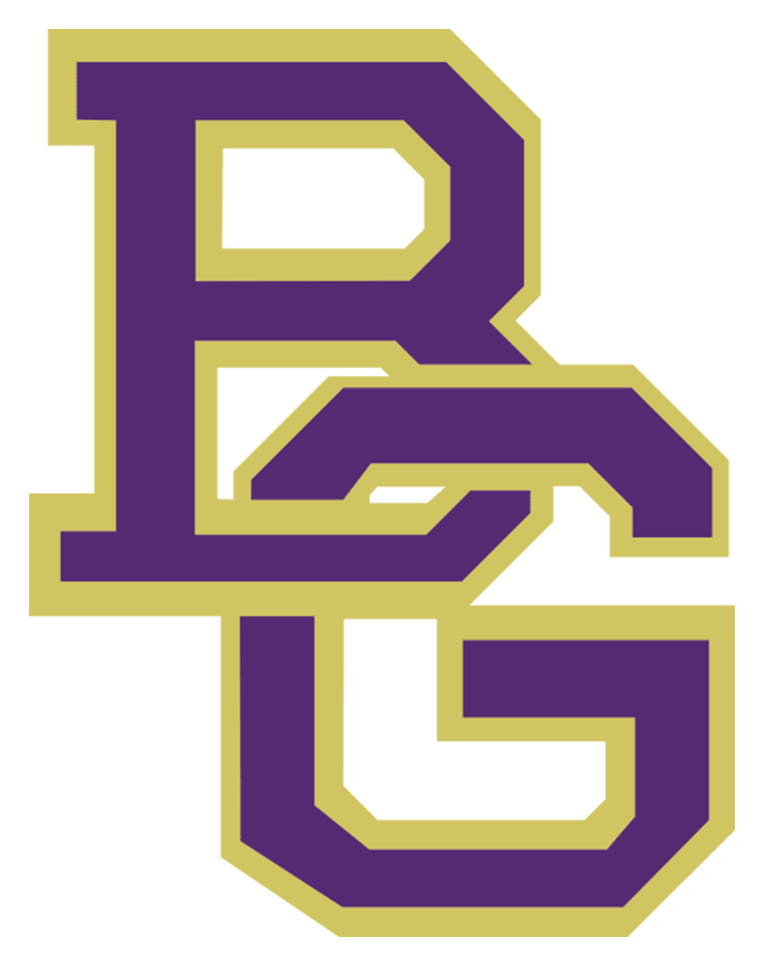THIRD GRADE
Below are the Mastery Learning Targets, or priorities for all third grade students to be successful when they advance to fourth grade. Mastery (M) of these skills means the student has met the grade-level standard and is independently performing on grade level. Mastery takes time to develop and may take the full school year.
READING
Reads words with common prefixes and suffixes.
Reads irregularly spelled words and words with multiple syllables.
Reads and understands grade level text with ease, self-correcting as needed.
Forms cursive letters, words, and sentences with a model.
Explains the theme, lesson learned, and/or moral of a text using evidence.
Describes characters in the story and how they affect the events.
Determines the meaning of literal and nonliteral words and phrases as used in text (including idioms, hyperboles, similes, and metaphors).
Explains the central idea of a text using specific details.
Determines the meaning of words and how they shape the meaning of the nonfiction text.
Identifies and describes informational text structures (comparison, cause/effect, problem/solution, sequence).
WRITING/COMPOSITION
Writes an introduction for an opinion piece.
Provides reasons and details to support their writing in opinion pieces.
Composes a concluding paragraph for an opinion piece.
Introduces ideas at the beginning of an informational text.
Using at least two body paragraphs, develops a central idea that is supported with facts, definitions, and details.
Composes a concluding paragraph for an informational piece.
Uses adjectives and adverbs correctly.
Uses conjunctions to connect ideas, phrases, and words.
Produces simple, compound, and complex sentences.
MATH
Interprets multiplication expressions.
Solves word problems involving multiplication or division within 100 using drawings and equations.
Multiplies within 100.
Divides within 100.
Solves two step word problems involving addition, subtraction, multiplication and division.
Rounds whole numbers to the nearest 10 and 100.
Adds within 1,000.
Subtracts within 1,000.
Divides a whole into equal parts to represent a fraction.
Finds and shows a fraction on a number line.
Recognizes fractions that are equal in size as equivalent fractions.
Compares fractions using the <, >, = symbols.
Solves word problems involving time.
Creates and reads scaled graphs.
Finds the area of a figure.
SOCIAL STUDIES
Asks compelling questions about interactions between groups.
Analyzes a variety of sources reporting on the same event.
Explains how two or more sources are connected on the same theme or topic.
Writes a detailed answer to a question using evidence from a text or other sources.
Writes an argument with reasons and evidence to address a local, regional or global problem.
SCIENCE
Conducts investigations of balanced and unbalanced forces on an object.
Asks questions about electric and magnetic interactions.
Creates and analyzes life cycle models.
Explains how animals form groups and work together to survive.
Analyzes characteristics of organisms to understand some traits are inherited and some are learned.
Draws conclusions about plants and animals based on fossil evidence.
Understands how trait variation of species provide advantages for survival.
Designs graphs to show weather conditions.
Describes climates in different regions of the world.
Makes a claim about a solution that reduces the impact of severe weather.
